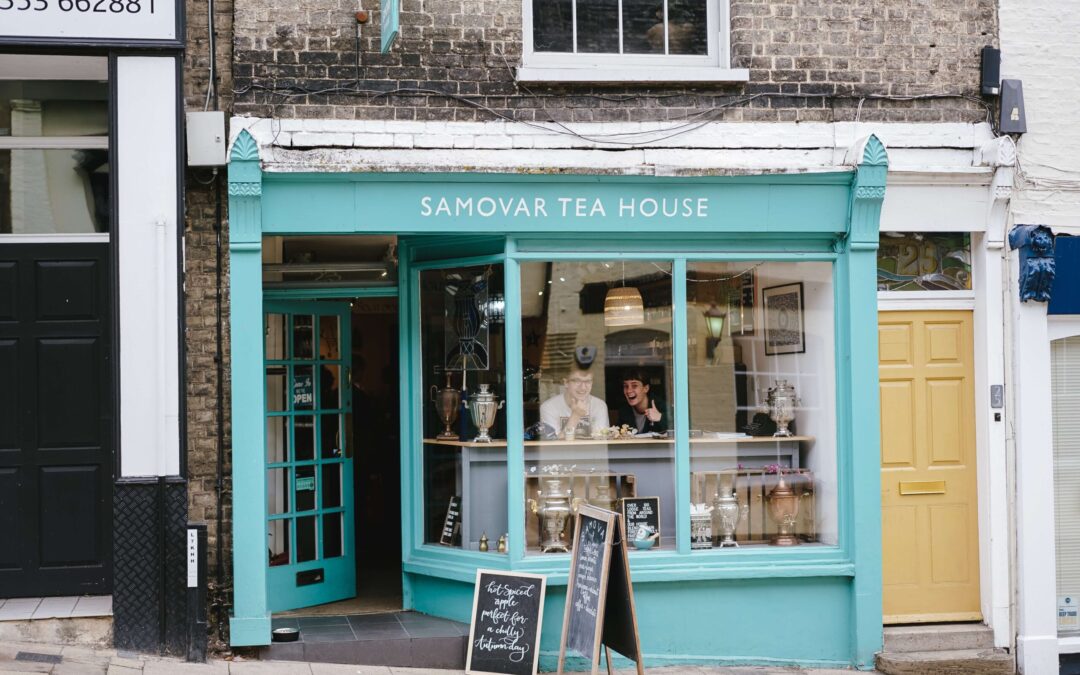During the pandemic and subsequent lockdowns, many local independent retailers pivoted and opened online shops. With the country mostly reopened, business owners have the opportunity to make sales both online and from their physical locations. And we believe there’s no reason to choose which one to make your focus of attention.
Independent retailers can succeed in both the online and physical spaces, with the right strategy behind two powerful tools: Google My Business and Paid Ads.
Google My Business
Google My Business is an online directory allowing local shops to share all of their essential business information. Being present on directories like Google My Business increases a retailer’s online presence while simultaneously creating consistency. In addition, the more information you include in your business listings, the more Google rewards you by promoting your business in search results.
The best part about Google My Business listings, though, is that they can drive both foot traffic to your store as well as website clicks. Here at 10|20, we track metrics the following metrics to stay on top of Google My Business listing performance:
- Listing Views
- Action Clicks
- Calls
- Directions
- Website
Paid Ads
To supplement the increased visibility Google My Business brings, it’s a good idea to set up a paid advertising campaign. It’s important to always start with a solid strategy before launching any campaign, including having:
- Established campaign performance benchmarks
- A planned campaign structure
- Keyword research and a bidding strategy
- A negative keyword list (words you don’t want ads to appear for)
- Developed ad creative and adapt based on campaign objectives
It’s crucial to have these things set out beforehand, so you can measure the success of your campaign and make adjustments accordingly.
You’ll also want to be sure to track Return On Ad Spend (ROAS) – how much are you earning for every dollar spent. If your ROAS is not where you want it to be, you’ll need to review your campaign and see where the problem is. For example, is your target audience too broad (or too narrow)? Is the ad copy speaking to your ideal customers? Is the ad copy on your landing pages creating a roadblock? Understanding where prospective customers are dropping out of your campaign will help you make adjustments that ultimately help your campaign succeed.
Paid advertising can take place on several different platforms. For example, Google and Facebook both have their ad centres. You can also Boost your Facebook and Instagram posts, though we typically recommend taking this a step further and boosting through Ad Manager for more targeting options.
Don’t forget to remarket to your audience as well. Doing so allows you to direct ads to those who have already visited your site. Not only are these leads warmer, but the ad also spend required is generally lower. Win-win.
We’re not out of the pandemic yet. So independent retailers need to be prepared and start driving both foot and website traffic to their business. In the event of another lockdown, you’ll want your online store to be up and running and already generating significant revenue for you.
If you’re interested in knowing more about our processes and strategies for increasing sales, check out our Case Study for Independent Retailers. In it, we break down the technique we used to increase OM Wellness’s Return on Ad Spend and watched their performance soar.

